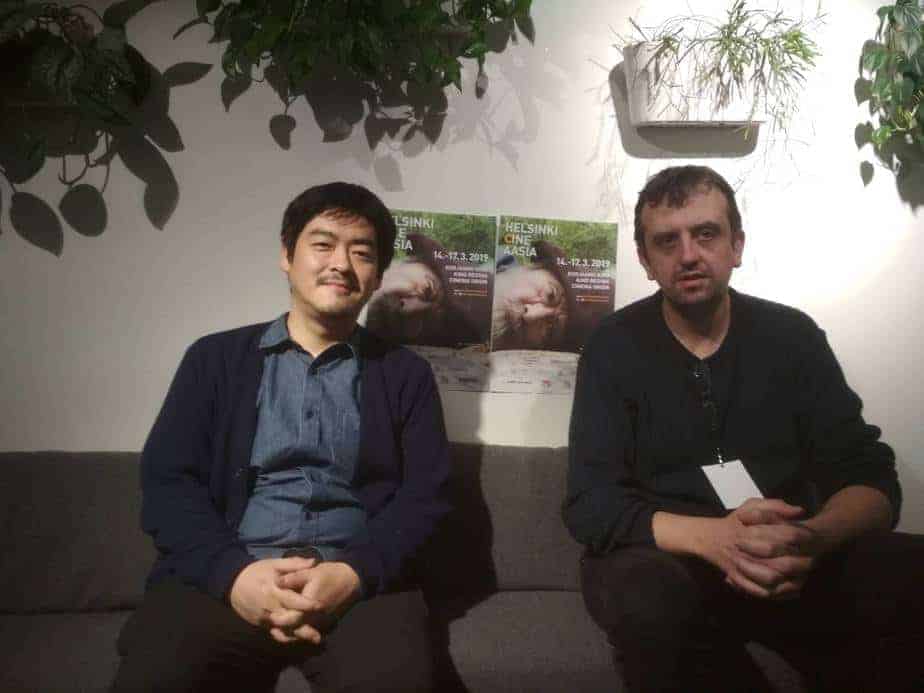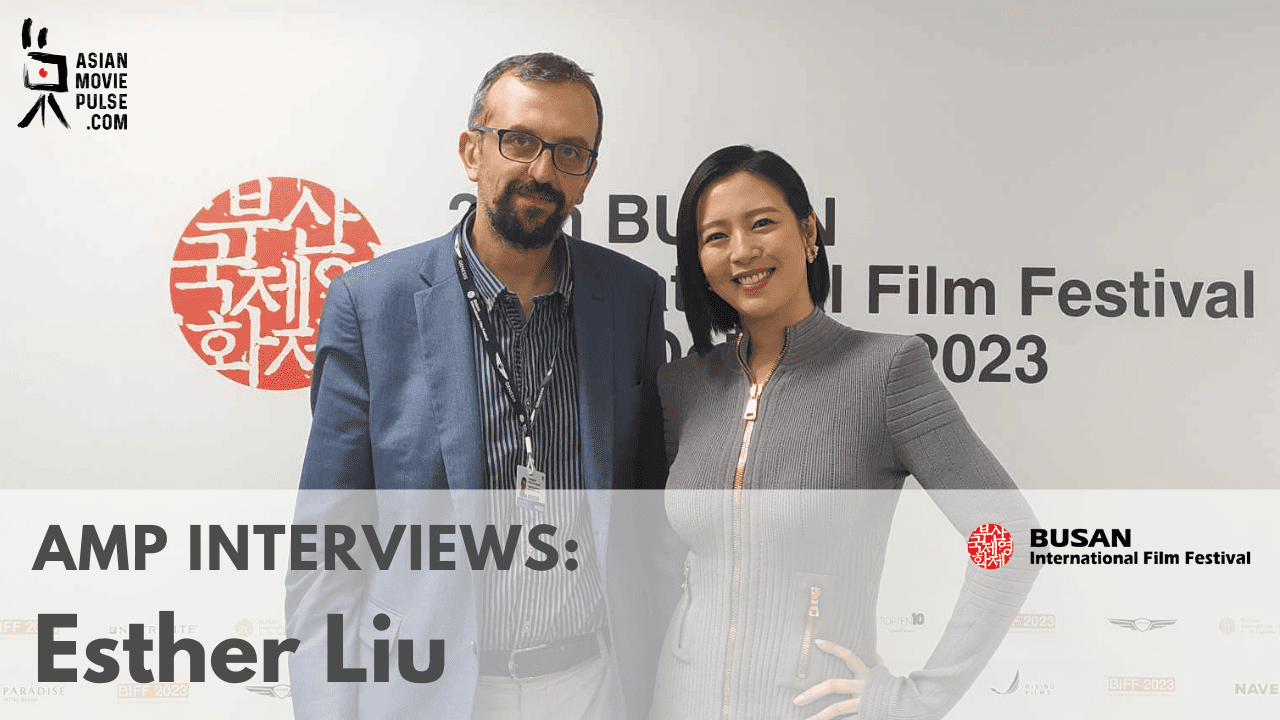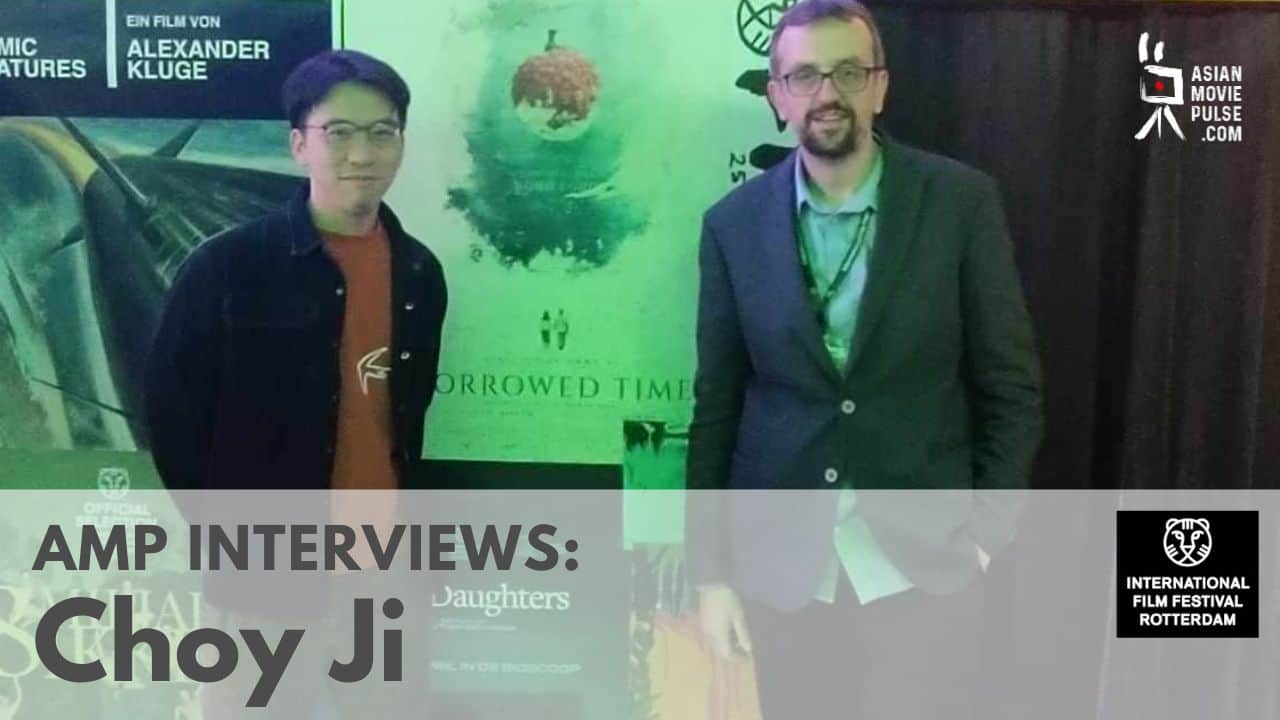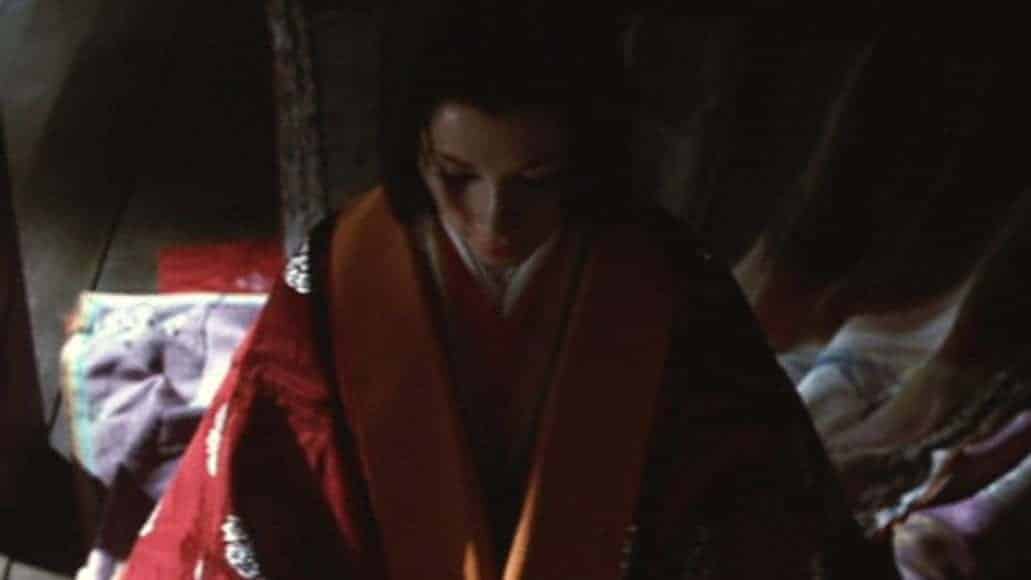スクロールダウンして、日本語の翻訳をご覧ください。. Translation by Lukasz Mankowski
Born in Tokyo. Tsuboi graduated from the Japan Institute of the Moving Image, then enrolled in the Department of Body Expression and Cinematic Arts at Rikkyo University. There, he worked on Makoto Shinozaki's Sharing (2014), Wish We Were Here (2018) and Kiyoshi Kurosawa's Journey to the Shore (2015). Sacrifice is Tsuboi's feature debut and the first film to be produced with a scholarship from Rikkyo's Department of Body Expression and Cinematic Arts.
On the occasion of Sacrifice screening at Japan Cuts, we speak with him about combining the Aum Incident with 3/11, hiding yourself in plain sight, the casting and the cinematography of the film, and other topics.
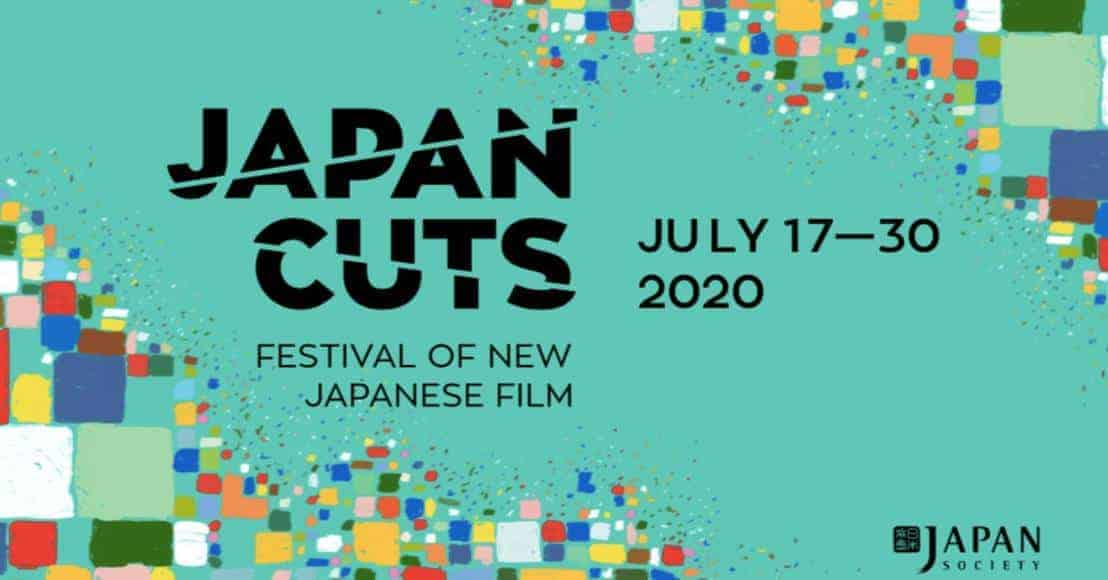
Why did you decide to combine the Aum Incident and 3/11 in your film? What do you feel was the impact of these two disasters on the Japanese people? Why did you decide to also include notions of the supernatural in the movie?
First of all, I was influenced by Haruki Murakami's short story from the collection “After the Quake” (Kami no Kodomo-tachi wa Mina Odoru, 1999). This book consists of 6 novellas that were brought to life in response to what happened in Japan in 1995: the Hanshin Awaji Earthquake in January and the sarin gas attack in Tokyo subway by Aum Shinrikyo religious group in March. However, all of the stories are set in February, in between of these two catastrophes. The way Murakami portrays it, and how I perceive it, is that beyond the density of darkness, and what one may expect, there is this overwhelming sense of despair that continues to grow further on. What contrasts to that is a pinch of positive elements, some light. Back when I was at film school, we had a task to write a scenario based on the Tohoku Earthquake in March 2011. I thought to myself that since I have not experienced the disaster directly, I simply cannot depict it through a simple aspiration. But, through Murakami's approach, I started to think that I might be able to actually picture it. That's how “Sacrifice” was born.
Another reason that I think can apply to my choice, is that I was fascinated by the Aum Shinrikyo incident from the days I was still a child. There is also a thing about sympathizing with those who committed the crime (especially the young people involved in it), and I'm saying this not being scared of being misunderstood. It's not in the least about the consent of killing or violence, but about the void that is left in me or in anyone else for that matter; the same void that appeared in the hearts of these young people first. Aside from that, I also think that the founder of Aum Shinrikyo, Shoko Asahara, was extremely efficient in filling up this hole with his wickedness, the so-called “tale of evil”.
As for the 3/11 and the Tohoku Earthquake, I think that after the disaster, the young people, or rather everyone in Japan, had a huge void that spread out significantly again. That's why, once again we've experienced an appearance of a character that is as wicked as the words of Asahara (or for that matter, it was an incident this time), and this anxiety related to what had happened keeps on going within me. Binding a narrative from such a sense of impending crisis, combining these two traumas was a natural matter for me.
Finally, the elements of supernatural, such as psychic powers that I intended to mash in the “Sacrifice”, simply come from my own interest in such stuff: books, literature or manga. I was highly shaped by such work since I was little, but also, in a way, I was also saved by them.
All the characters in the film seem to have a hidden real self and a fake facade. Do you feel this applies to most people?
I do think so, yes. Especially when it comes to young Japanese people. I have a feeling that due to too much focus on individuality, there is a fear of alienating from the collective way of living, which results in a tendency of distinguishing the real face and the fake one. I think this becomes evident once one attends a job interview and this is perhaps something I wanted to reflect on in my film. I'm simply a fan of mystery books, so it might be actually the case that I do take my influence from the notion that characters are moulded in a way that their inner side and the outer side are exposed.
The film occasionally functions like a stage play, particularly since it focuses on 4 characters who talk extensively. Why did you choose this approach?
This applies not only to “Sacrifice”, but generally to the way I work with my dialogues or other productions. They're theatrical, but in a way anime-like, but then again I take much from literature. This is something often pointed out. Actually, not that long ago I had this conversation with Haruki Murakami. I'm significantly influenced by anime or manga. But, (and of course, since my style is still unripe, there is much of things I can still work on) it is much about my personality, me as an individual, but also since “Sacrifice” is a very precious project to me, since it's a feature debut, I didn't want to hide myself, but to try to exert it till the very end. And I think this film represents it. From now on, I might challenge myself with different ways of expression, but for now, to be perfectly honest, I'm not particularly interested in the way the film might work in terms of “natural dialogues” or “natural movement”.
Hitomi Matsushita's cinematography is the main medium of the dream-like atmosphere that permeates the film. Can you tell us a bit more about your cooperation and what you wanted to do in the visual part?
I'm very happy to hear some recognition for the work of Hitomi Matsushita. She is an actress originally, but accidentally I managed to see some of her work, which was absolutely wonderful. From there, I was able to work with her on a music video that I directed and she was responsible for the cinematography. For a long time we've been working together, and thanks to that I was able to figure out what kind of picture I want to have in my film (for instance, the angle of how you shoot an actor's face), so we didn't really have any particular discussion regarding “Sacrifice”. We basically didn't prepare any storyboards either. But, I do remember that we were partially inspired by looking at the framing in the films by Kiyoshi Kurosawa, Yasujiro Ozu or Robert Bresson. Matsushita-san's technique is a self-study one. Most of the time, we didn't use the lighting in “Sacrifice” (as we didn't have a budget for that) and we made the best of her use of natural lighting, as that's one of the strong points of her craft. Much of the process of figuring out how the light will look in the film was done during the location scouting.
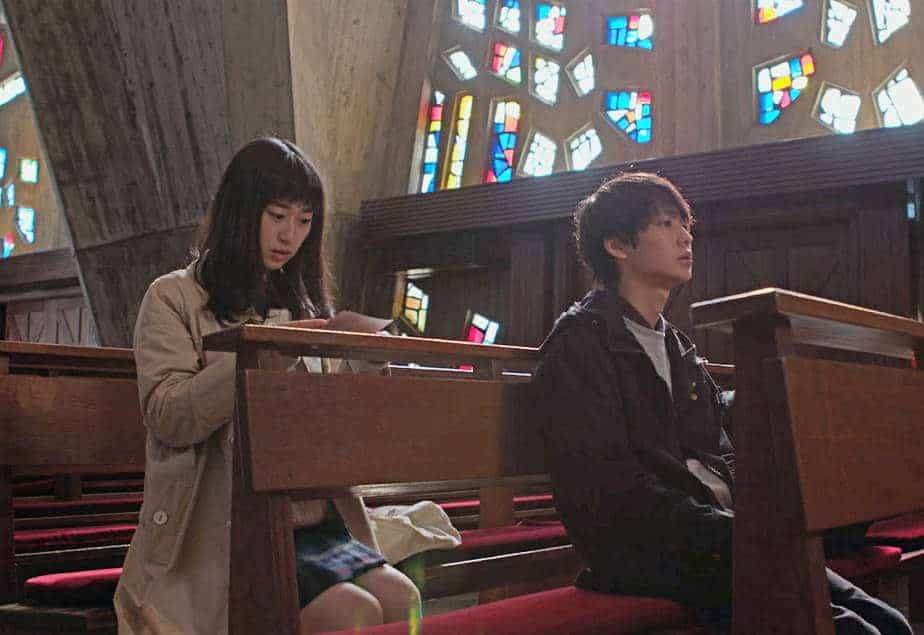
How was the casting process for the film like?
The main young characters were selected through auditions. This time for me, it was not particularly the skillfulness of one's ability to act that was of most importance, but rather one's feeling the presence of the body or face. That was a deciding factor for me. However, finding a match for the young cat killer Okita was a tough voyage. We didn't really have a chance to meet any actor that would be able to capture his duality. It was only two weeks before shooting that we were lucky to come across Yuzu Aoki, who's a really great actor. He has this very cute face, but at the very bottom of it, there is this motionless, cold gaze observing what's around him. At that time, he was only 16 years old, but he was perfect as a university student. It was pure luck for the film that we met him.
As for the girl with psychic powers, Midori, I wanted someone without prior experience, someone who could deliver based on one's intuition. I found out about Michiko Gomi on the internet and went to meet her with the script in my hand. At first, she hesitated whether she wanted to appear in the film or not, but in the end, she liked the script very much and accepted the role. As for the other roles, we didn't do the rehearsals, but since it was the first experience with acting for Gomi-san, we spent days at the staged university reading the script and talking about the role.
As for the child actor, I'm not really fond of a very bright and energetic delivery, so I selected someone who would be a little bit nervous and tense, a bit dark as well.
I also approached Chieko Misaka, Kota Kusano and Takahiro Miura and asked them to perform in my film. They matched my expectations 100% and I'm very satisfied with their performance.
What is your opinion of the Japanese industry at the moment?
Unfortunately, a significant part of the Japanese industry is still outdated, either because of physical or mental harassment or sexual discrimination, as it seems we inherited many bad things from the old system. But, there is someone like Koji Fukada who tries his best to change the structure of the industry by starting from the core. Even if it's only step by step, bit by bit, we can actually see some of the changes and I think this is very good for our cinema. In terms of “Sacrifice” the casting and the staff were all very young people and because we all lacked the experience, we had to deal with so many difficult things. But thanks to complementing each other's lacks and thanks to our cooperation, we've managed to reach our goal, which was to have a theater release of the film. With having that in mind, this struggle, but also the pleasure of experiencing this, if everyone, one by one can hold onto the attitude, such as: “films that are made without paying attention to one's feeling have no value” or “I can change the world of film starting from my own”, then won't we head into a much better future?
Are you working on any projects?
I think I will keep on doing something as challenging as “Sacrifice” was for a while. In July, 2018, when I was finishing the last touches of the film, the execution of the cult leaders from Aum Shinrikyo took place. Almost nothing came out to the public regarding this. This is the result of embracing the indifference within our society. There is no future for a society that does not face the errors of the past with sincerity. It is all linked with each other. Even the present coronavirus hindrance is not something that happened all of a sudden. This is the film or literature where one faces the past, and there lies the responsibility to guide people towards a better future.
地下鉄サリン事件と3・11の東日本大震災を組み合わせの理由について聞きたいです。その二つの災害は日本人にどのような影響が与えられますか?それで、魔力あるいは、超自然的なところも含んでいますので、その理由はなんですか?
一つは、村上春樹(Haruki Murakami)の短編小説集『神の子どもたちはみな踊る』(1999)から受けた影響があります。この本に収められている6つの物語は、1995年1月に発生した阪神淡路大震災と、同年3月に発生したオウム真理教による地下鉄サリン事件の丁度中間にある、1995年2月の日本を舞台にした物語です。そこには深い暗闇と、その先に待ち受ける更なる絶望の予感、そしてそれに対抗するためのほんのわずかな光が描かれていると僕は思いました。大学の授業で「東日本大震災をテーマにシナリオを書いてくるように」という課題が出された時、直接の被災者ではない自分に安易な希望を描くことはできないと思いました。でも、村上春樹のようなアプローチの仕方であれば自分にも描けるものがあるかもしれないと考え『サクリファイス』が生まれました。
もう一つは、自分自身が幼い頃からオウム真理教の一連の事件に強い興味を抱き続けているという理由があげられます。そして、誤解を恐れずに言えば事件を引き起こしてしまった人たち(特に若者たち)に共感してしまう部分があります。決して殺人や暴力を肯定するという意味ではなく、彼らの心に空いていた穴は僕の中にも、そして誰の中にもきっとあるという意味です。教祖である麻原彰晃(Shoko Asahara)は、その穴を「悪の物語」で埋めるのがとてもうまい男だったのだと思います。
3.11=東日本大震災以降、若者たちのーーすべての日本人の心の穴は再び大きく広がったと考えています。そこに再び麻原のような人物(あるいは出来事)があらわれ「悪の物語」が流し込まれることを、僕は危惧し続けています。そのような危機感から、地下鉄サリン事件と3.11を物語の中で結びつけることは僕にとってとても自然なことでした。
最後に、『サクリファイス』に翠の霊能力のような超自然的な描写が含まれているのは、単純に僕がそういう映画や小説や漫画が大好きだからです。小さい頃からそのような作品に心おどらせ、そして救われてきました。
>キャラの中でみんな隠した本物顔があるし、偽顔もあるし、もしかしたら、映画の以外それはみんなそうですか?
はい、そう思います。特に日本の若者は、個性を出しすぎることによって集団生活から疎外されることを恐れ、本当の顔と嘘の顔を使い分ける傾向がある、そしてそれは就職活動の面接などでより顕著になると僕は感じていたので、そのことが作品に反映されているのかもしれません。
単純にミステリー小説などが好きなことなども、「裏表がある」というキャラクターの造形に影響しているかもしれませんが。
>映画では4人がお互いに話している場面が注目されるらしいので、時々劇みたいな形式になりますよね。劇にみたいな形が選択理由は何ですか?
『サクリファイス』に限らず、僕の作品における台詞や演出が演劇的である、あるいはアニメ的である、あるいは小説的であるなどとはよく指摘されることです。現に先ほど村上春樹のお話をしましたし。アニメや漫画などからも多大な影響を受けています。でも、(もちろん未熟な点や改善すべき点はあれど)それが自分の個性でもあるので、そして『サクリファイス』は大切な長編デビュー作なので、その個性を隠すのではなくとことん出し切ろうとした結果、あのような表現になったのだと思います。今後違う表現方法に挑戦することもあるかもしれませんが、今のところ映画の中での「自然な会話」や「自然な動き」というものにあまり興味が持てないというのが正直なところです。
> 松下仁美の撮影のおかげでやはり映画の夢幻的な雰囲気ができるだと思います。松下さんと協力について話していただけませんか?映像だったら、何が目指していましたか?
松下仁美(Hitomi Matsushita)さんの撮影を褒めて頂けるのは本当に嬉しいです。彼女はもともと女優なのですが、彼女が撮った写真を偶然目にする機会があり、それが大変素晴らしく、そこから僕が監督するミュージックビデオの撮影を担当してもらうようになりました。長く一緒に仕事をしてきたので、僕がどのような画が好きかよく理解してくれていて(たとえば俳優の顔を真から捉えるアングルなど)、『サクリファイス』のために特別話し合うというようなことはありませんでした。絵コンテも基本的には用意しませんでした。でも事前に黒沢清監督や小津安二郎監督、ロベール・ブレッソン監督のフレーミングなどを部分的に一緒に観た記憶があります。
松下さんの撮影技術はすべて独学。自然光をいかした撮影を得意とし、『サクリファイス』も照明はほとんど使っていません(その予算もありませんでした)。大学や廃墟など、ロケーションハンティング時にどのような光が入るのかをよく見るようにしていました。
>キャスチングはどうでしたか?
メインの若者は基本的にはオーディションで選びました。お芝居の上手さは今回は僕にとってあまり重要ではなく、顔と肉体の存在感を決め手にしました。
猫を殺しているとされる青年・沖田のキャスティングは難航しました。彼の二面性を表現できる俳優に中々巡り会えず、撮影の2週間前になってようやく青木柚(Yuzu Aoki)さんという素晴らしい俳優に出会えました。とても可愛い笑顔なのですが、その奥では冷たい眼差しがじっとこちらを観察している。当時まだ16歳でしたが、見事に大学生の役を演じきってくれて、彼と出会えたことはこの映画にとって幸運でした。
霊能力を持った少女・翠(アプ)は直感でお芝居の経験がない人にお願いしたいと考えていました。インターネット上で五味未知子(Michiko Gomi)さんの存在を知り、脚本を持って会いに行きました。映画に出ることを最初は迷っているようでしたが、最終的には「脚本が好きだから」と引き受けてくれました。他のキャストに関してはリハーサルをやりませんでしたが、五味さんは演技初挑戦ということで、何日か舞台となる大学で本読みをしたり役について話し合ったりしました。
子役は「明るく」「元気な」演技をするような子ではなく、少し緊張していて暗いところがあると子どもたちを選びました。
三坂知絵子(Chieko Misaka)さん、草野康太(Kota Kusano)さん、三浦貴大(Takahiro Miura)さんは自分から是非出演してくださいとお願いしました。100パーセント願いが叶ってとても満足しています。
>日本現在映画業界について何か興味を持っていますか?
残念ながら、日本の映画業界の一部には古い体質ーー身体的・精神的なパワーハラスメントや性差別などーーが今だに受け継がれています。が、深田晃司監督らを中心にそのような体質を根本から変えようとする動きが少しずつでも見られることはとても良いことだと思っています。『サクリファイス』はキャストもスタッフも若い人ばかりで、経験不足ゆえ大変なことも多かったですが、その分お互い未熟な部分を補い合い助け合いながら劇場公開にまでたどり着くことができました。この苦しみと喜びの経験を忘れずに、一人一人が「人の心を大切にしないで作られる映画に価値はない」「自分こそが映画界を変えて行くのだ」という気持ちを強く持ち続ければ、より良い未来につながって行くのではないでしょうか。
>将来的に言えば、何かプロジェクトとか特に予定がありますか?
しばらくは『サクリファイス』と同じような物語に挑み続けると思います。2018年7月の『サクリファイス』仕上げ作業中、オウム真理教の元幹部13人の死刑が執行されました。ほとんど何も真実が明らかにならないままでした。これは社会の無関心さが招いた結果です。過去の過ちと真摯に向き合えない社会に未来はありません。すべての出来事は繋がっています。現在のコロナウイルスによる世界的混乱でさえも、突如そこにあらわれたものではありません。映画や文学には過去と向き合い、人々をより良い未来に導く責任があると思っています。



